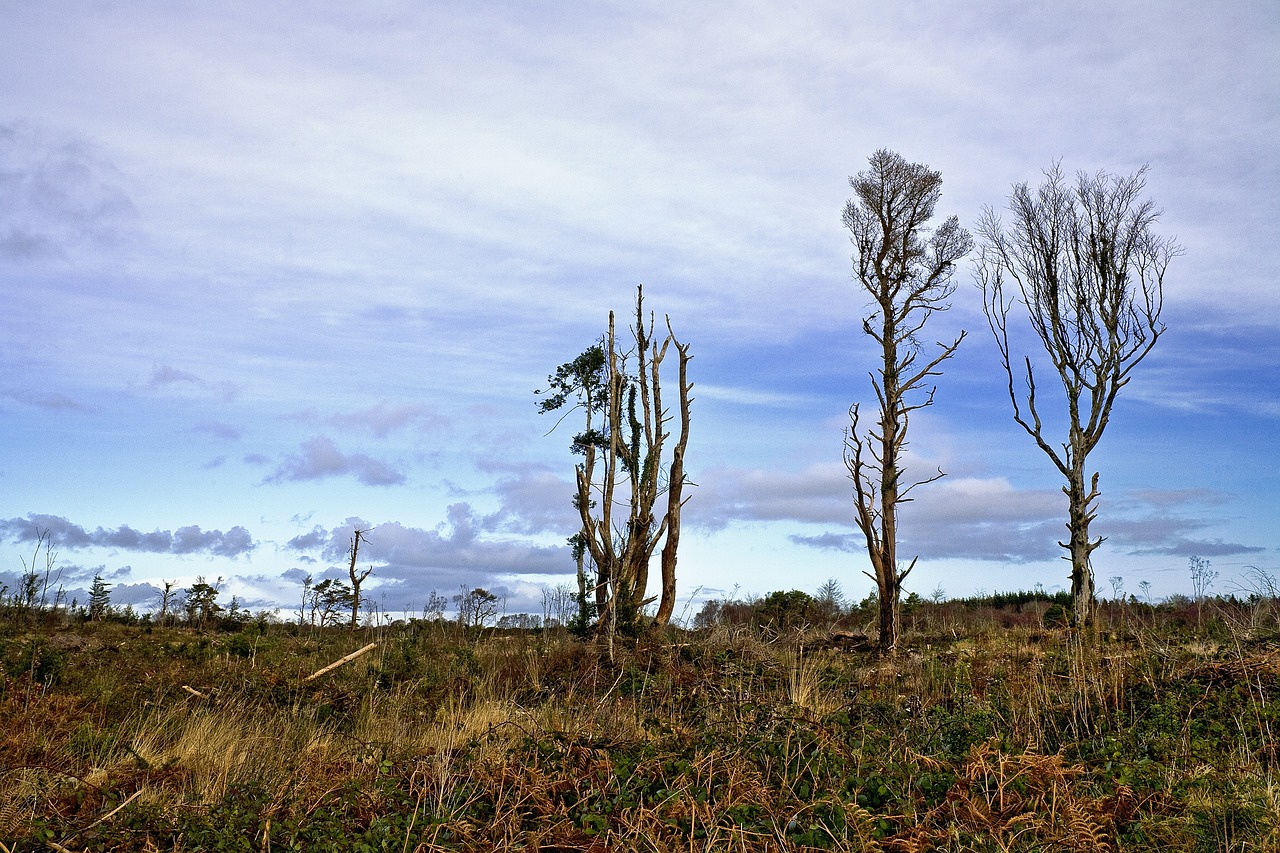Climate refugees: the invisible ones

2021 and 2022 have been years marked by climate catastrophes. The big floods in China and India, the tremendous droughts in Africa or de recent big storms Eta and Iota in Central America have provoked immense movements of people that escape from the severe consequences of the natural disasters.
More recently the earthquake in Turkey is also a wake-up call to the problem of the so-called climate refugees.
In 2022 the forced migration due to climate causes accounted for 20 million people. Not only that , but the High Representative of United Nations Agency for refugees (ACNUR) considers 1,2 billion people are at risk of force displacement.
Experts and academics seem aware of the big problem, but there is still a lack of recognition and discussion around the challenge.
Firstly, and regarding the official data, in the last five years there has been a huge displacement of people caused by natural phenomena. Noteworthy, the sub-Saharan cities such as Lagos has increased notably its population and the region of Sahel where farmlands have been deteriorated and the aquifers have disappeared, has experienced a huge exodus. Asia and Central America, also accounted for high emigration statistics. It is remarkable the fact that most of these fluxes go to Europe and North America using illegal ways. And here, we find the very first problem: the lack of regulation and legal framework for climate refugees.
The most important legal document for refugees is the Convention about the statue of the refugee ( Ginebra Convention) which has been signed after the II World War in a context of post-war. It presents a huge legal vacuum. The lack of legal status for the climate refugees submits people to vulnerability, a lack of protection and eventual violation of their human rights. Furthermore, without the legal recognition, climate refugees cannot invoke the principle of no-devolution to their countries of origin.
Secondly, another big issue concerning climate refugees is linked with the insufficient political action from the governments. Mostly, refugees come from regions of the planet that has not contributed highly to climate change but they are affected the most. Even more, they come from countries where investment, infrastructures and means are highly insufficient to fight climate change. In that regard, COP28 in Egypt has failed tackling this problem and has passed over the issue.
The new asylum and migration agreement recently released by the European Commission neither has examine the problem , nor gave any solutions. In that very regard, experts believe that the activation of the Temporary Protection Directive for Ukrainian refugees could be a useful ground to build a European legal framework for climate refugees.
Not only that, but The use of AI could serve as handy method to predict human movements and climate crisis in order to adapt to necessities. The AI, also could improve security in the displacements contributing to the assurance of human rights and dignity of the people.
On another note, some experts remark the fact that migration funds and investment is highly insufficient. Recommendations focus on the creation of a global fund for climate refugees as well as the increase of regional funds such as the one managed by the European Union.
All in all, a new horizon of possibilities opens for tackling a problem that nowadays remains invisible.
